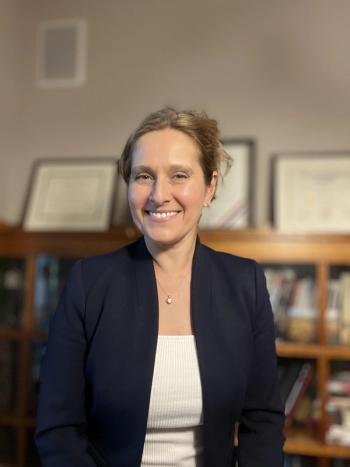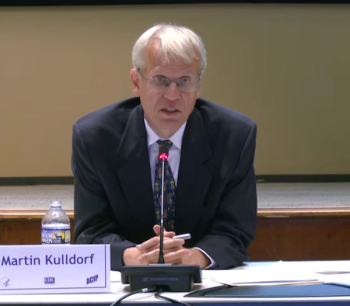
COVID-19 spikes led to lower hospital admissions for other conditions
As the pandemic worsened, hospital admissions for other conditions fell especially in the Midwest and western parts of the country.
As the number of COVID-19 coronavirus infections grew, hospitalizations for reasons other than the disease fell precipitously suggesting that patients are delaying or forgoing care due to the pandemic.
According to
Nationally, non-COVID-19 admissions dropped to about 80 percent of predicted levels by the beginning of December and reached a low of 63.4 percent of expected levels in early-April but had rebounded to 92 percent of expected levels in the summer, according to the analysis.
The analysis ties the lack of non-COVID-19 admissions to people possibly delaying care in ways that could be harmful to their long-term health. Patients delaying or forgoing care has been a persistent issue throughout the pandemic.
A recent
An even larger portion (40.7 percent) of respondents with one or more chronic conditions reported they’ve delayed or forgone care, while 56.3 percent of respondents with both a physical and a mental health condition have done the same, according to the Institute.
The most common type of medical care delayed or forgone was dental with 25.3 percent, followed by visiting their primary care physician or specialist with 20.6 percent, and receiving preventive health screenings or medical tests with 15.5 percent, the Institute says.
Newsletter
Stay informed and empowered with Medical Economics enewsletter, delivering expert insights, financial strategies, practice management tips and technology trends — tailored for today’s physicians.















